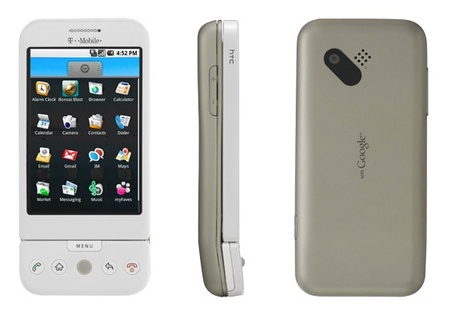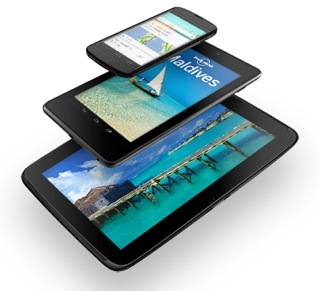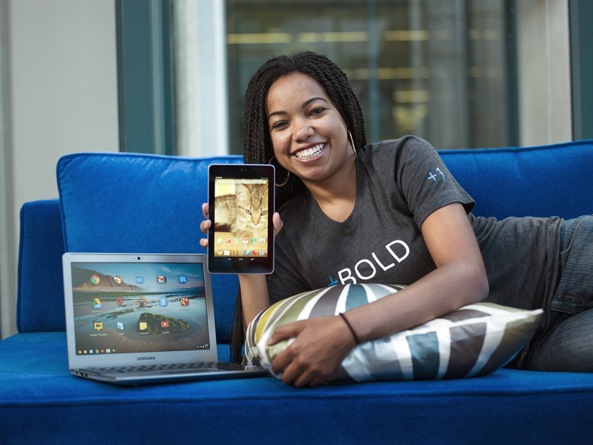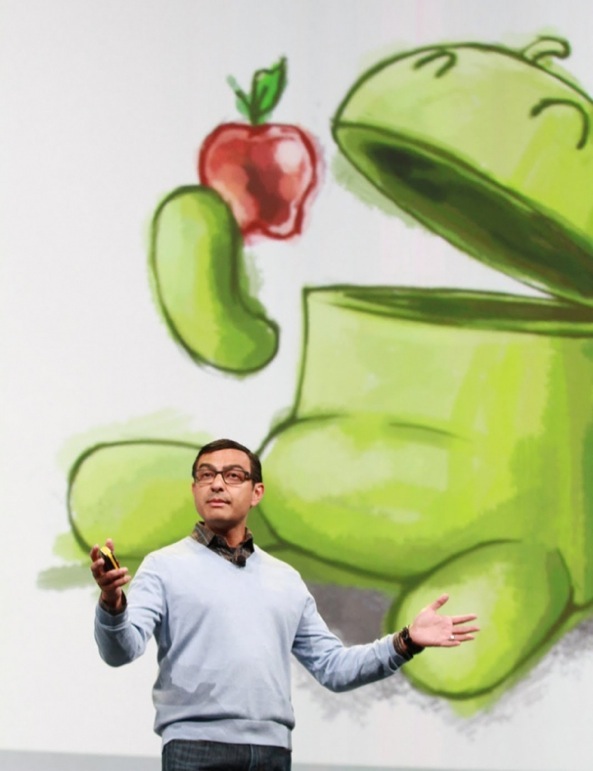Apple’s iPhone turned five back in June and today marks the fifth anniversary of the world’s most widely spread mobile platform, Google’s Android software. When Apple was developing its handset, then Google CEO Eric Schmidt enjoyed his seat on Apple’s board knowing his firm had already acquired Android Inc. As the two platforms evolved, on August 3, 2009 it was announced that Schmidt would resign from the board of directors at Apple due to conflict of interests.
We now know the main point of contention was Google’s work on Android, which went on to become the leading mobile platform in terms of unit sales, capturing 75 percent of total smartphone shipments and together with iOS forming a strong market duopoly. In some ways, Android out-innovated the iPhone, prompting changes in Apple’s corporate structure as the company preps for the biggest overhaul of iOS since its inception.
iDB is an Apple-focused blog but we also strive to bring you most important news from the Android camp because it pays to keep tabs on what competition is doing and mostly because healthy competition drives Apple to keep innovating for the benefit of us all. So happy fifth birthday, Android and here’s to many more years of competition…
Android was official born on November 5, 2007 when a consortium of companies formed the Open Handset Alliance and announced Android as its first product. The Alliance originally included Google, phone makers like HTC and Samsung, telcos such as T-Mobile and Sprint and chip makers like Qualcomm and Texas Instruments.
The first phone to run Android was the HTC Dream, also marketed as the T-Mobile G1 in the US and parts of Europe. It was released on October 22, 2008.
The phone that launched Android, HTC’s Dream.
Android has since taken Google a long way.
It is now the number one mobile platform in the world. Period.
On September 12, just ahead of Apple’s iPhone 5 keynote, Google announced half a billion Android activations globally in a market with more than a billion smartphones in use. In addition to outselling iOS devices in terms of activations, Google also matched Apple’s App Store by passing 700,000 Android apps on its own Play Store.
And who would have thought that just five years ago Google would buy Motorola and become a handset maker?
All these strides are just the beginning, really: Google is currently rethinking itself into a vertically integrated hardware vendor much in the same way Apple is.
Think I’m full of it?
Check out Google’s nice trifecta of Nexus devices for this Christmas.
Pictured above: the Nexus 4 smartphone and Nexus 7 and Nexus 10 tablets.
Not too shabby, eh?
And when it talks Nexus gadgets, Google shares the same enthusiasm as Apple. But it ain’t just smartphones and tablets, Google also happens to partner with OEMs on Chrome-driven notebooks.
And the Android freight train keeps chugging along.
Android, Inc. was co-founded in Palo Alto, California in October 2003 by Andy Rubin, who also co-founded Danger. He shortly ran out of cash and Google came to the rescue on August 17, 2005, making Android Inc. a wholly owned subsidiary.
Rubin holds four Android patents and is currently Google’s Senior Vice President of Mobile and Digital Content, a capacity that also involves overseeing development of Android. Another key exec is India-born Vic Gundotra, a general manager at Microsof prior to joining Google in 2007. He is now Google’s Senior Vice President of Engineering.
Gundotra took a jab at Apple with this slide at Google I/O last year.
Disclosure: yours truly is a die-hard Apple fan, but also uses Android devices on a regular basis for the purposes of balanced reporting.
If you’re wondering, I own a Nexus 7 and two Android smartphones: Samsung’s Galaxy S III (because it’s the cream of the crop right now) and a Galaxy Nexus (because it offers stock Android experience without carrier crapware).
Do I get to keep my fanboy badge now?
What about you?
Do you own any Android device at all?




